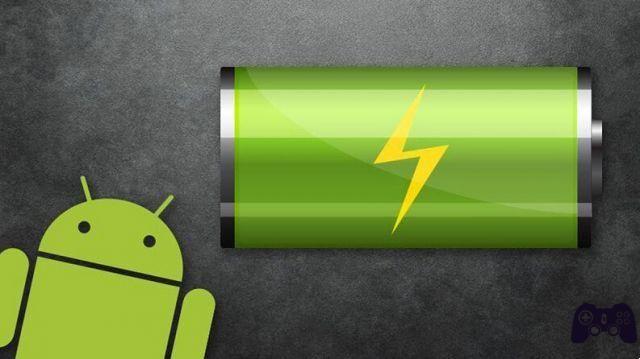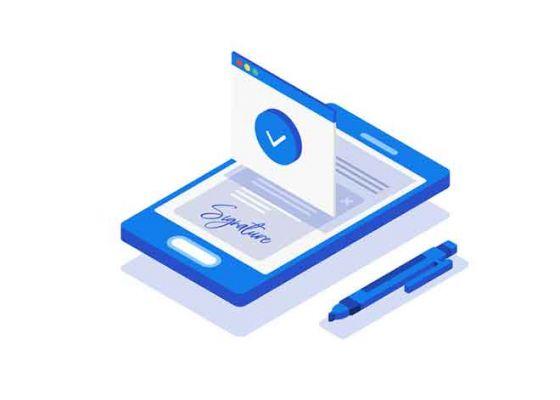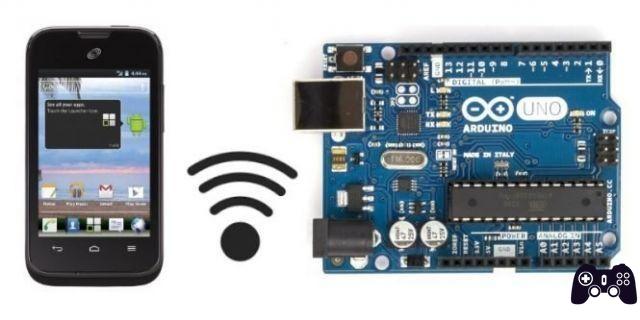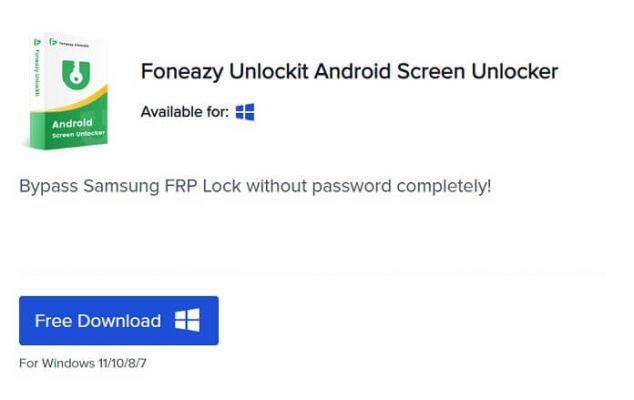Does the battery of your faithful Android smartphone purchased a few months ago no longer last as long as it used to and is draining too quickly? The drop in autonomy is not always attributable to actual damage to the internal battery, sometimes the Android operating system misreads the maximum battery capacity, leading to a much shorter battery life than when it left the factory.
In this guide I will show you all the steps on how calibrate android battery effectively, with a final section reserved for the best advice to always keep the battery in good condition when charging.
Index
- Why do battery calibration?
- How to calibrate your smartphone battery on Android
- Tips for charging the battery and avoiding calibrating it

Why do battery calibration?
The battery periodically requires calibration (also called battery calibration) when it undergoes incorrect charging cycles for a long period of time (at least 1 month). When this happens, Android is no longer able to correctly read the maximum battery charge value, marking an incorrect value (the degree of error varies from 1% up to 30% and more).
You can find out if your smartphone's battery needs calibration if, after turning off your phone at a certain charge level, when you restart it you find yourself with a completely different charge level, often with very large differences. In these cases you need to recalibrate the battery on Android as soon as possible.
How to calibrate your smartphone battery on Android
To correctly calibrate the battery on Android I recommend you carefully follow the following steps.
By carrying out this calibration cycle the reading of the charge value of your battery should return to being true.
Discharge the battery completely
In order to take an accurate battery level reading you will need to discharge your Android device to the maximum, until it turns off (0% charge level).
This could be a good time to use the apps that consume the most battery, for example playing all the games that you have never fully tested on Android, so as to speed up the complete draining of the battery.Try turning it back on at 0% charge
If the battery charge reading is incorrect, there may be some residual charge that allows the smartphone to still turn on even if it automatically turned off after reaching the 0% level.
Try turning it back on: if it turns back on, wait for it to suddenly shut down due to lack of energy until it no longer shows any sign of life.Connect the charger when turned off
Now connect your smartphone's charger (preferably the original one) and leave the phone charging when turned off until the 100% charge level is displayed on the screen.
Do not unplug the charger for any reason until you finish the entire procedure.Turn on the smartphone with the charger inserted
With the charger still inserted into the smartphone socket, turn it on and wait to get to the phone's Home screen. Wait a few minutes (4 should be enough) then finally remove the charger from the wall.
You have just finished a calibration cycle, now you will have your Android with the right percentage of charge.
Tips for charging the battery and avoiding calibrating it
You can't know in advance whether your battery will require calibration at some point; the following tips can certainly help to increase its lifespan and avoid having to calibrate the battery on Android too frequently:
- For normal charging, try to recharge before reaching 30% of residual autonomy.
- Recharge your phone's battery with your smartphone turned on.
- Try to do many short charges rather than a single long charge, this way the battery will overheat less.
- Do not keep your smartphone charged for more than 8 consecutive hours.
- Activate energy saving as soon as you drop below 30% remaining charge.
- If you don't have to use your smartphone for a long time, try to store it without the battery or, if not possible, with a remaining charge of 70%.
- Temperature variations can decrease or increase battery life, avoid excessive temperature changes, especially high temperatures.
- Avoid keeping your phone in direct sunlight for too long to avoid overheating.
If, despite the calibration and the advice I have proposed, the battery does not last long, consider replacing it or always carry a power bank with you. Usually after two years the capacity of the batteries (and therefore the duration of the charge) is significantly reduced, however you can follow some good rules to make the smartphone battery discharge more slowly.
How to do battery calibration on Android






